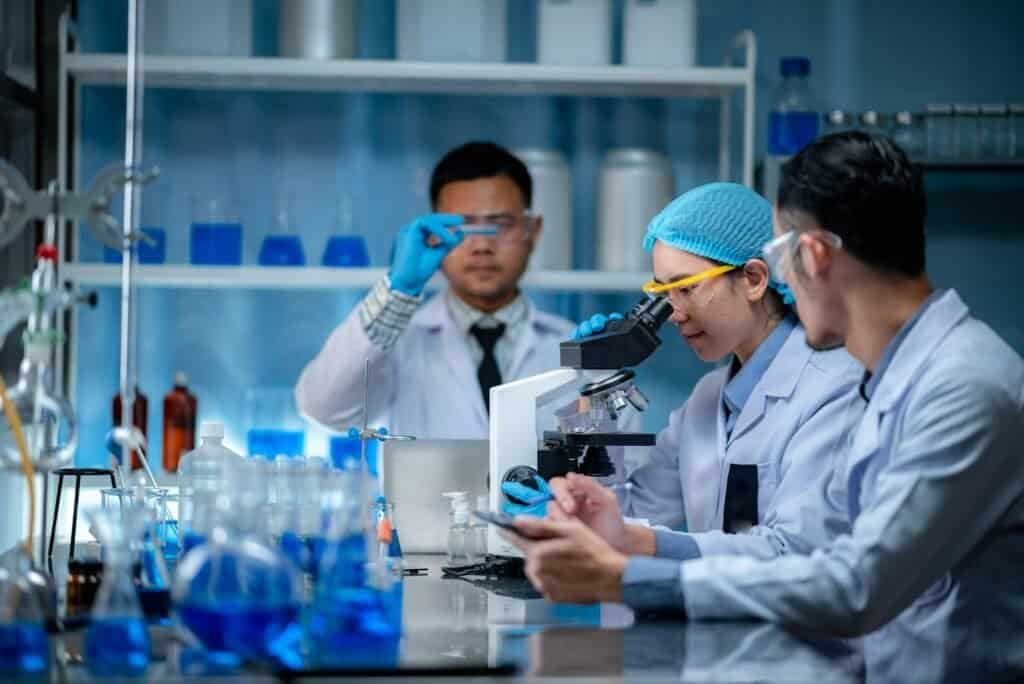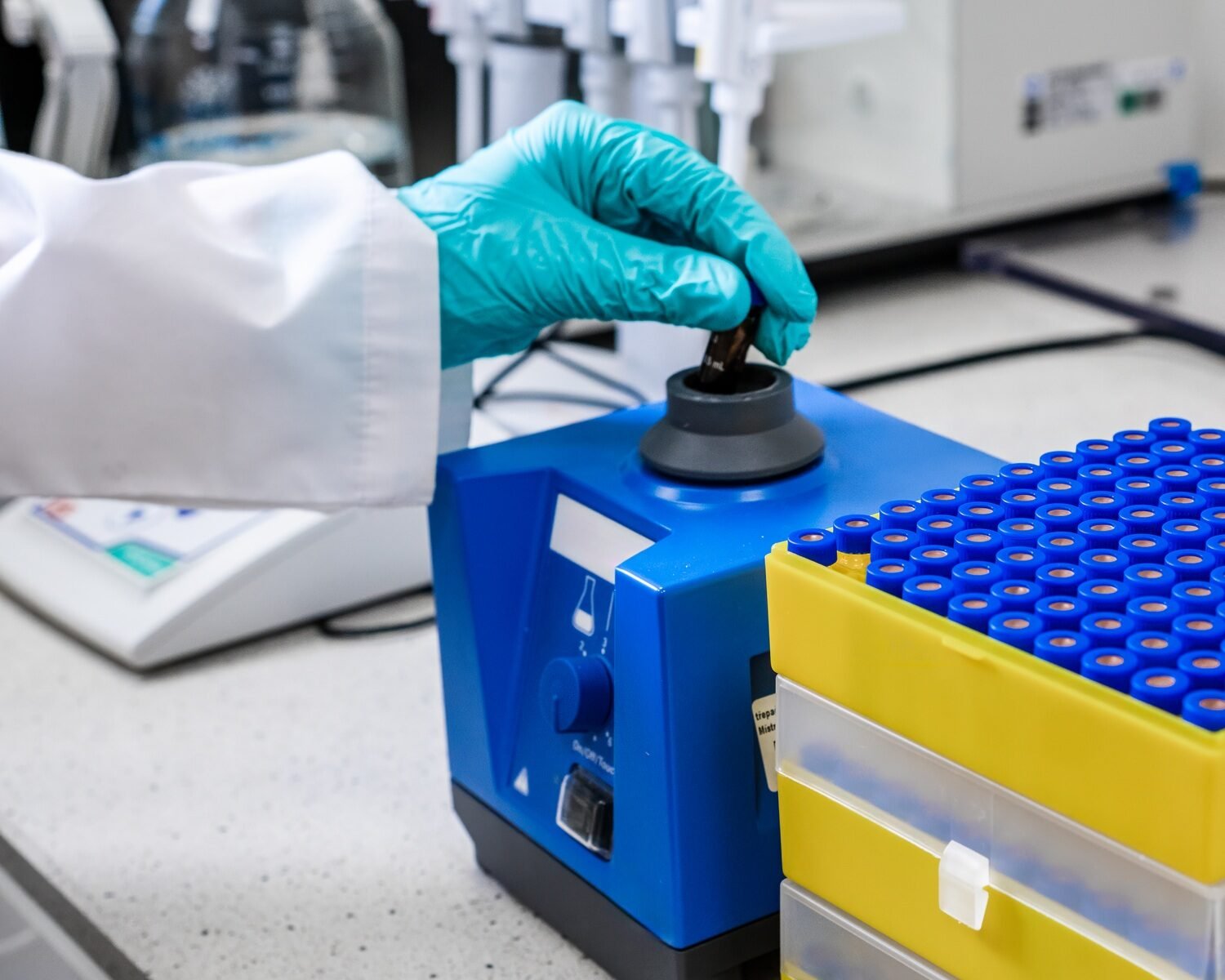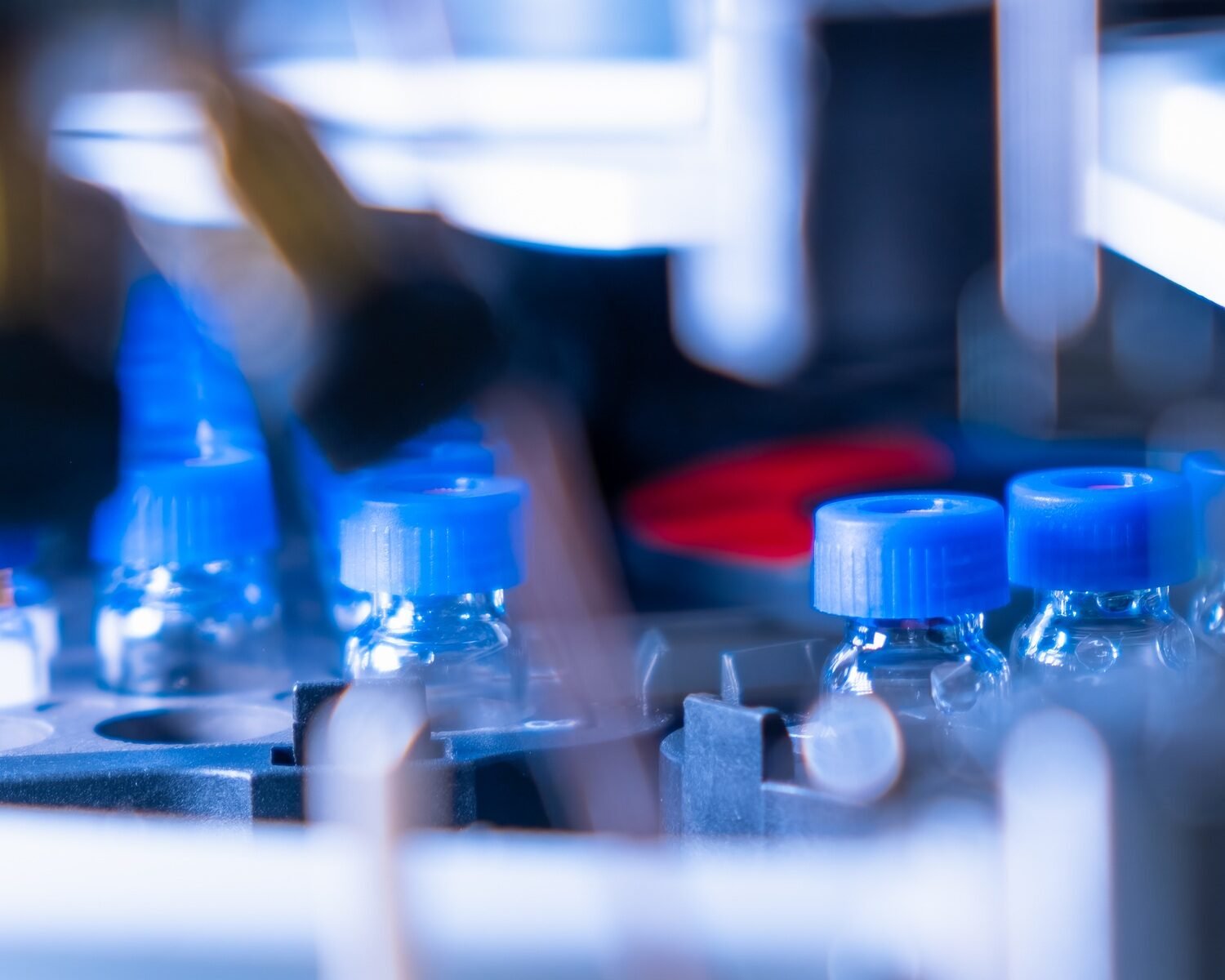Introduction
Gas chromatography (GC) might not be something you think about every day, but its role in drug testing is monumental. It’s one of those technologies quietly working behind the scenes, ensuring accuracy and reliability when it matters most. Have you ever wondered how laboratories manage to pinpoint the tiniest traces of substances in complex samples? It’s fascinating—and GC is at the heart of it.
So, let’s chat about how gas chromatography works, its role in drug testing, and why it’s a game-changer. Spoiler alert: it’s not as intimidating as it sounds!
What Is Gas Chromatography and Why Is It Important in Drug Testing?
Let’s break it down simply. Gas chromatography is a technique used to separate, identify, and quantify compounds in a mixture. In drug testing, this means identifying substances like narcotics, alcohol, or performance-enhancing drugs in biological samples such as blood, urine, or hair.
What makes GC such a big deal? Well, it’s incredibly precise and sensitive. Imagine finding a needle in a haystack—not only finding it but determining its exact size, material, and origin. That’s what GC does for compounds.
How Does Gas Chromatography Work?
- Sample Preparation: The sample is prepared and often vaporized.
- Injection: It’s introduced into the GC instrument.
- Separation: Compounds travel through a column, separating based on their physical and chemical properties.
- Detection: As compounds exit the column, they’re detected and recorded as peaks on a chromatogram.
It’s like a relay race, where each runner (compound) finishes at their own unique time.
Why Is GC Perfect for Drug Testing?
- High Sensitivity: Detects minute quantities of substances.
- Specificity: Distinguishes between similar compounds.
- Speed: Provides results in a timely manner.
- Reliability: Delivers consistent and reproducible data.
The Process of Drug Testing with Gas Chromatography
Drug testing isn’t just about catching offenders; it’s about ensuring safety, fairness, and compliance. Here’s a closer look at how GC fits into this process.
Sample Collection and Preparation
Whether it’s urine, blood, or hair, proper collection is the first step. Samples are then prepared, which might involve dilution, filtration, or derivatization to make them GC-ready.
GC Analysis
After preparation, the sample is injected into the GC system. The carrier gas (often helium or nitrogen) propels it through the column, where separation occurs. The detector identifies compounds based on retention times—how long each compound takes to travel through the column.
Data Interpretation
The chromatogram is the result—a graph with peaks representing different substances. Analysts compare these peaks to known standards to identify and quantify the compounds present. Cool, right?
Challenges in Interpretation
Here’s a thought: What happens when compounds overlap on the chromatogram? Advanced detectors, like mass spectrometers coupled with GC (GC-MS), resolve such issues. It’s like having a magnifying glass for already precise work.

Applications of GC in Drug Testing
You might be wondering, “Where exactly is GC used in drug testing?” Here’s the lowdown:
Workplace Testing
Companies use GC to ensure employees are substance-free, promoting safety and productivity.
Sports and Doping Control
GC helps catch athletes using banned substances. Remember the Olympic doping scandals? GC was a key player.
Forensic Investigations
In criminal cases, GC provides evidence by detecting drugs or toxins in biological samples.
Rehabilitation Programs
Rehabilitation centers use GC to monitor progress in drug recovery programs. Isn’t it amazing how technology supports healing?
Advantages of Gas Chromatography in Drug Testing
Why do labs favor GC over other methods? Let’s look at its standout features.
Sensitivity and Accuracy
GC can detect substances in parts per billion. Imagine tasting a pinch of salt in an Olympic-sized swimming pool—that’s the level of precision we’re talking about.
Versatility
GC isn’t limited to one type of sample or compound. From volatile substances to non-volatile derivatives, it handles it all.
Speed
In urgent scenarios, such as forensic cases, GC’s quick turnaround time is a lifesaver.
Minimal Sample Requirements
Got a tiny blood sample? No problem. GC works efficiently with minimal material, which is ideal in sensitive cases.
Innovations and the Future of GC in Drug Testing
What’s next for GC? The technology isn’t stagnant—it’s evolving.
Automation
Automated systems reduce human error and speed up processes.
Miniaturization
Portable GC devices are emerging, making on-site testing possible. Can you imagine having GC in the field for real-time results?
Enhanced Detectors
Detectors like time-of-flight (TOF) and tandem mass spectrometry (MS/MS) are pushing the boundaries of what GC can achieve.

FAQs About Gas Chromatography in Drug Testing
You might still have some questions. Let’s tackle them.
- Can GC detect all drugs? No, but it covers a broad spectrum, especially when combined with mass spectrometry (GC-MS).
- How long does GC testing take? Typically, a few minutes to an hour, depending on the sample and method.
- Is GC better than liquid chromatography (LC)? It depends on the compounds being analyzed. For volatile substances, GC is superior.
What do you think? Does this clear up some of the mysteries of GC? Let me know if you have more questions—I love discussing this stuff!

Conclusion
Gas chromatography is more than just a lab technique; it’s a powerful tool that ensures fairness, safety, and accountability in drug testing. Whether it’s protecting athletes’ integrity, solving criminal cases, or maintaining workplace standards, GC is at the forefront.
So, the next time you hear about drug testing, think of GC and its pivotal role. Fascinating, isn’t it? What’s your take on this technology’s impact on modern science?
Recommended Reading
- Comprehensive Urine Drug Screen by Gas Chromatography/Mass Spectrometry (GC/MS)
- Urine Drug Screening: Practical Guide for Clinicians
- Clinical Interpretation of Urine Drug Tests
- Gas Chromatographic Screening for Drugs and Metabolites in Plasma and Urine
- An Introduction to Drug Testing: The Expanding Role of Mass Spectrometry











